Coach Evan is back with a drill so you can work on your tennis this summer. It’s called Solo Box Training.
There are a lot of coaches who “need” to hear their voices. Whether they are unsure of themselves or are projecting so that other people ten courts away can hear them. When you are “Solo Box Training”, it’s essential for the player to “feel” the swing. Rather than talk too much about technique, I like to have the players find the location.
Why?
By the player “finding” the location, it “molds” the swing into their mind and body.
Why is this important?
Because the more the player has to be told what to do, the more the player will have to rehearse the swing over and over (and, in the long run, will never truly find their swing). If they take a day off from tennis, it would be as if they took a week or two off. Yet, if they mold their own swing, they will not need the constant feedback…
Don’t be a robot
“Am I doing this right?” Is a constant question players who have been told what to do their whole life ask. They never have a self.
This is detrimental in the long run. Not as much on the tennis court, but in life. Whatever they do after tennis, they will not be able to think for themselves. They will be robots.
I used to think these mental blockers came from other coaches (sometimes it is the case), but most of the time, it comes from the parents.
Sometimes I wonder what “Blockers” I am giving my daughter.
Many of my “cue” words on the swing are….” Spin….Speed….Faster,” etc….I don’t want to fill their brain with jargon.
And when it comes to the technique, I’ll swing the racket in the way I want the player to finish rather than “add” to the words in their head. It’s more visual-based. But for those verbal players, I will tell them to finish more or whatever technical advice they need.
Solo Box Training
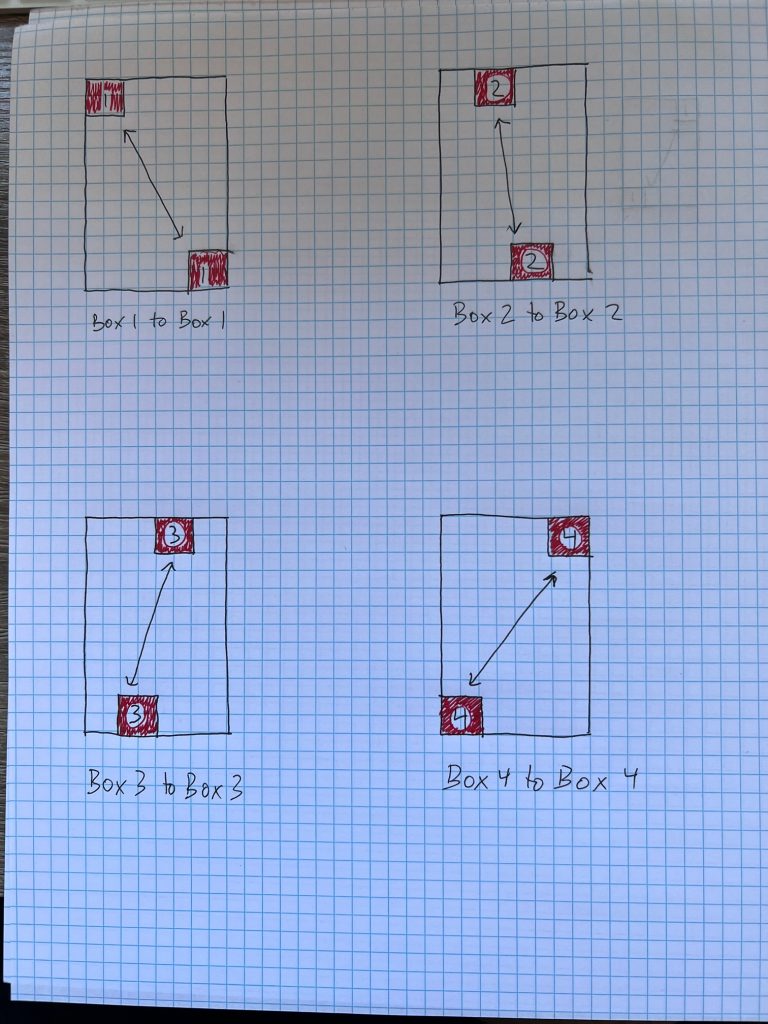
1)
You can start out going from Box 2 to Box 2. It’s a middle line. You can use your base swing and “free ball” for a few minutes to get the ball deep. After a few minutes, you can work on depth. Maybe start with 20 in the box area. If that is too easy, try hitting 5 in a row or move up to 10 in a row to that box. Five in a row can be done in blocks of 5. Ten in a row can be done once or twice or whatever you think you need to do.
You can also do opposites by hitting backhands instead of forehands. This will help your return of serve and teach you to “hold” the contact point a bit later. I’m tired of hearing coaches say, “Out in front…Out in front!” Inside-outs teach the player to hold the ball, and it helps them become more of a student of the game, which is disappearing these days.
Hitting snappers and flicks to locations. I will describe that at the end. There will be a video too. Not every shot has to be one-way and one-dimensional.
2)
Box 1 to Box 1. Rather than tell the player how to get the ball to Box 1, let them try to figure it out at first and then guide them if they are struggling. For players who have the swing down, it’s good to “rehearse” this occasionally. This box teaches the player to approach the contact point around the outside of the ball.
Again, the player needs to learn this and not be TOLD constantly. Technically, the players who need to be told always don’t want to be on the court training.
Inside out Backhand to Backhand (for righties) is good also.
Hook Finish (Nadal swing). As a player, we learned this at Van Der Meer Tennis Academy (I’m sure all the academies taught this) back in the 90s. The contact will be later than normal on these shots, and you will think you are going up on the ball, but the swing is more like a lasso…which is why they call these buggy whips.
3) Box 3 to Box 3.
This is the same as Box 2.
The only addition is for righties to “cut” across the contact point to mix in another ball flight with the traditional topspin swing. The “cut” across the contact adds a ½ topspin, half side spin shot. I call these shooters. The ball flight is like a straight line and skids off the court.
4) Box 4 to Box 4.
This is the same as Box 1.
Games
Hitting to locations is fine. Free balling (just warming up) is fine to get the feel down or if you’re looking to get back into a rhythm. Warning! Don’t be the player who is always “practicing” something. You will never get it. Generally, the players who make a game out of it will “sear” the learning into their heads).
You can play groundstroke games for depth. Don’t be so focused on winning. Winning is a by-product of getting the ball deep. Too many players lose sight of this. Winning is the priority. When that is the case, the learning stops.
Also, work on two types of ball flight—heavy and Power. Ball flight above the head and below. A third ball flight is for slice (keeping the ball below the thighs).
Mixing ball flights allows you to jump a level, especially for club players who want to move up.



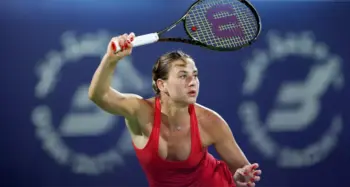
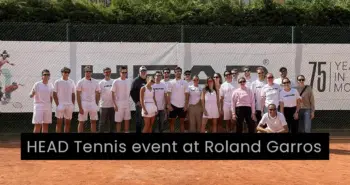
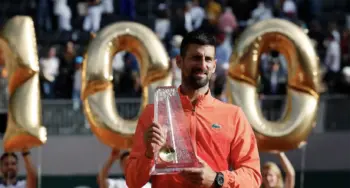
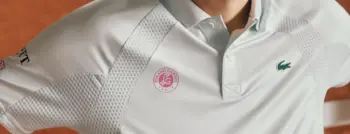
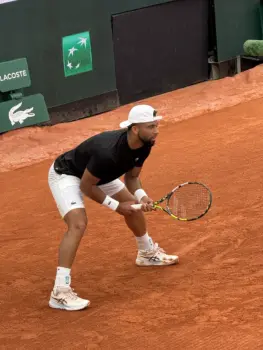
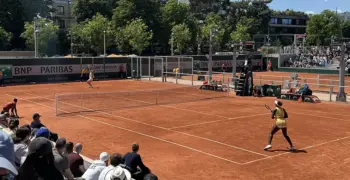
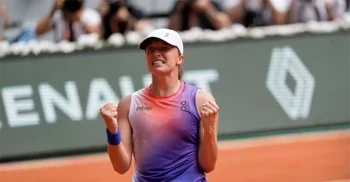
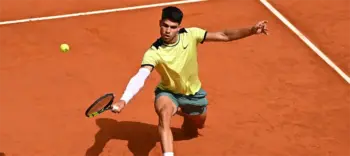
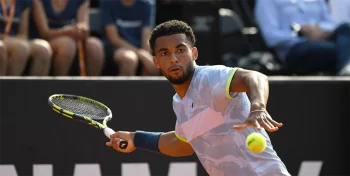
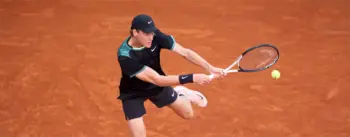
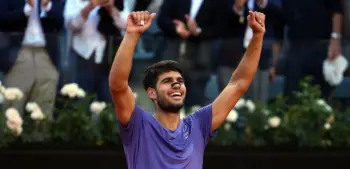
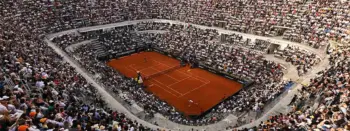

I don’t quite understand these drills. You practice these in the service boxes, or use the whole court? A little extra info or video would be very helpful. Thanks!